Features, varieties and applications of anamorphic lenses
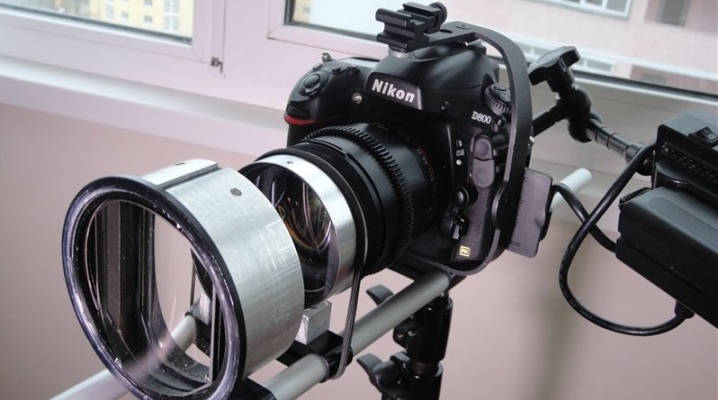
Professional operators are familiar with different types of technology. Anamorphic optics are used in the filming of large-format cinema. This lens is offered in different versions and has many advantages. There are a few secrets to learning how to properly shoot with this lens to get good shots.
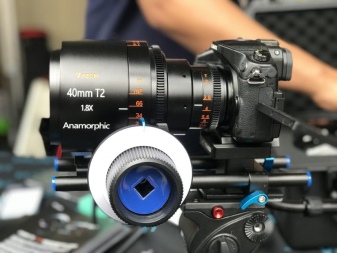
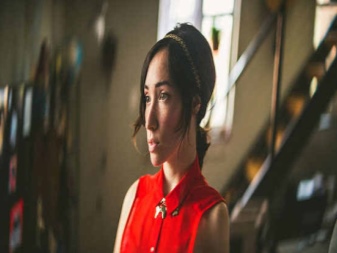
What it is?
Directors have long begun to think about how to fit more space into the frame. Standard 35mm film captured an area that was only in the field of view. Spherical lenses also lacked the required ability, so the anamorphic lens was the solution. With the help of special optics, the frame was compressed horizontally, this was recorded on film, and then displayed through a projector on the screen. After that, an anamorphic lens was used, thanks to which the frame was expanded to a large width.
A distinctive feature of this lens is its ability to flatten images to capture a wider angle. Thanks to this equipment, you can shoot wide-screen films with digital SLR cameras without fear of distortion.
The angle of view of the lens gives a 2.39: 1 aspect ratio, compressing video horizontally.
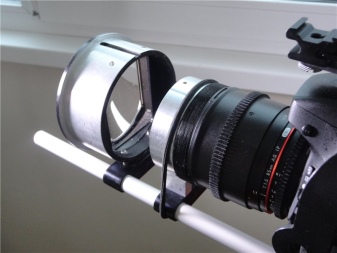
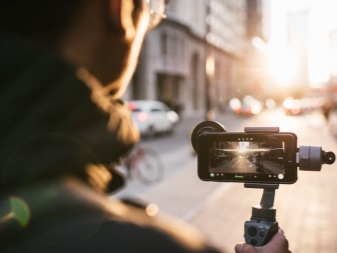
It is believed that an anamorphic lens is capable of providing a shallower depth of field. The effect of this optics has been used in many cult films and continues to be applied by professional videographers and cinematographers.
Celebrity filmmakers love the lens for its special effects. However, it should be noted that anamorphic optics can also be used in photography. The main advantages include the ability to make wide-screen films using standard equipment and inexpensive lens attachments. During shooting, the graininess of the frame decreases, and the vertical stability increases.
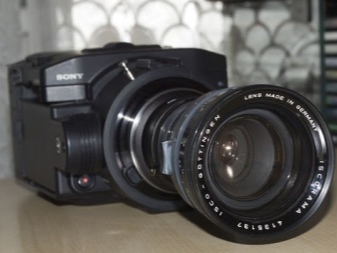
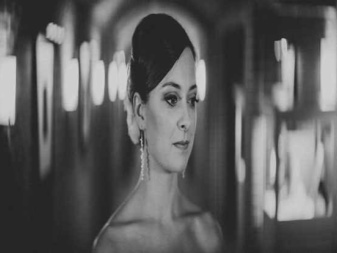
Views
A 2x lens is capable of doubling the number of horizontal lines. Lenses with such markings are often used in conjunction with a sensor with an aspect ratio of 4: 3. Frames shot in this mode take on standard widescreen aspect ratios. But if you use such a lens on an HD matrix (16: 9 ratio), the result will be an ultra-wide frame, which is not always acceptable.
To avoid this effect, it is best to choose anamorphic lenses marked with 1.33x. After processing, the frames are beautiful, but the picture quality is slightly reduced.
Reflections can appear in the picture, so professional filmmakers use cameras with a 4: 3 matrix.
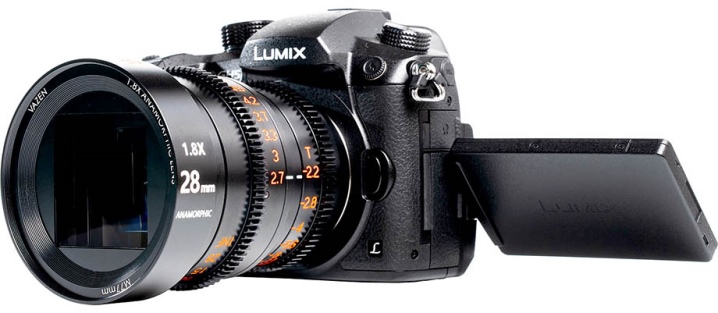
Popular models
For a cinematic effect, the SLR Magic Anamorphot-50 1.33x can be used. It attaches directly to the front of the lens, thereby compressing the image horizontally by 1.33 times. The coverage is increased by 25%, all details are clearly visible. With these optics, you can take stunning shots with elliptical highlights. The focus is adjusted at a distance of two meters, you can adjust it with the ring, and also select one of the modes presented.
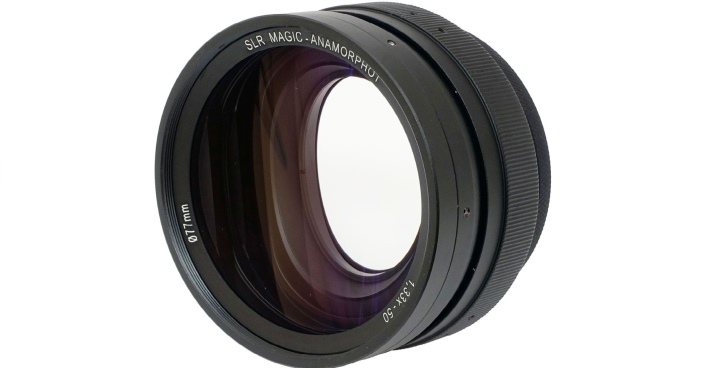
LOMO Anamorphic is considered a vintage lens that was produced in the 80s of the last century. These lenses have excellent performance with good light and bokeh. The anamorphic element is located between the spherical mechanism, the focus is controlled by the spherical element. The design ensures minimal focus breathing during setup.
The range includes round and square lenses depending on personal needs.
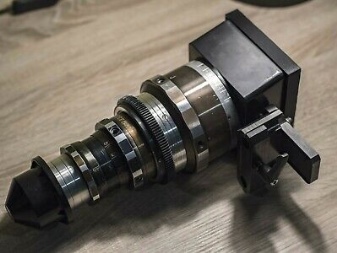
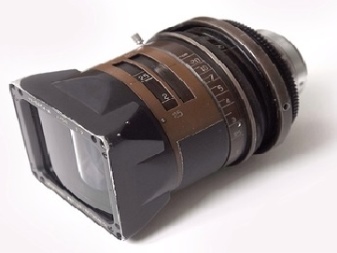
The Optimo Anamorphic 56-152mm 2S variable focal length lens is a lightweight and compact lens. This option is perfect for modern digital cinema cameras. Among the main advantages are excellent resolution and accurate color reproduction. There is no breath during focusing.
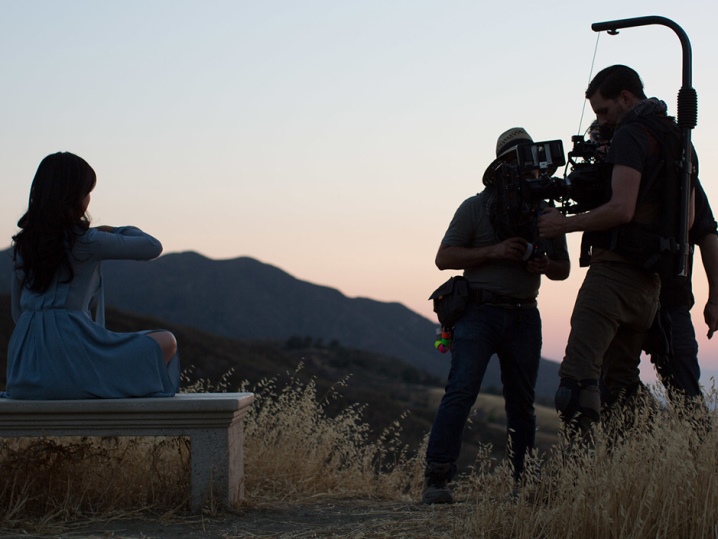
Another representative of anamorphic lenses is Cooke Optics, which are used in television and film production. Optical technology allows for close-up shots, magnifying the picture up to 4 times. Color reproduction, like depth of field, will not be affected. Models with focal lengths from 35 to 140 mm have an oval-shaped lens flare regardless of the aperture value.
Such optics are actively used on the set of the cult "Game of Thrones", "Fargo" and other popular television series.


How to apply?
Working with such a lens is not always easy, especially if you have no experience. It will take a lot of effort and time to get exactly the picture you expect. It is recommended to do everything manually. If an attachment is used, it must be attached directly in front of the lens. Next, you need to focus the optics by adjusting the aperture. The location of the subject should be at such a distance so that the frame is clear. Some photographers disassemble the lenses to separately mount them on the rails, which makes focusing more flexible.
During shooting, continuous focusing is carried out by rotating not only the attachment, but also the barrel of the lens itself. This is where the help of an assistant is needed. Anamorphic optics must be selected based on the manufacturer's camera format and focal length. The threaded element for the filter at the lens must not rotate, this is a mandatory rule. To achieve a positive result, you need to ensure that the distance between the attachment and the front of the lens is minimal.
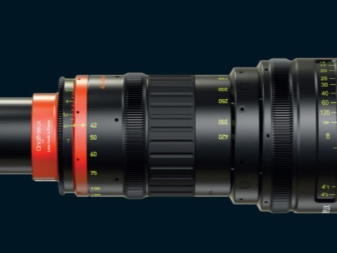
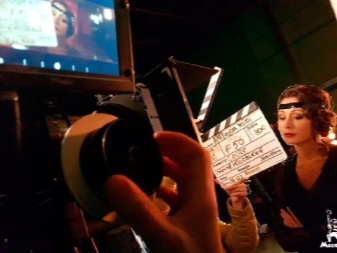
To display the final version of the movie, you need to set the coefficients for stretching the frame horizontally, and then there will be no distortion.
To increase the vertical viewing angle, the nozzle must be rotated 90 degrees, and then the compression will be vertical. In this case, the shape of the frame will turn out to be square.
To choose high-quality anamorphic optics, you need to realize that this is professional equipment, which is not so easy to find, besides, you will have to invest a lot of money. But the result that she gives in the process of filming exceeds any expectations. If you want to create your own large-format films, you cannot do without such equipment.
An overview of the SIRUI 50mm f model in the video below.













The comment was sent successfully.